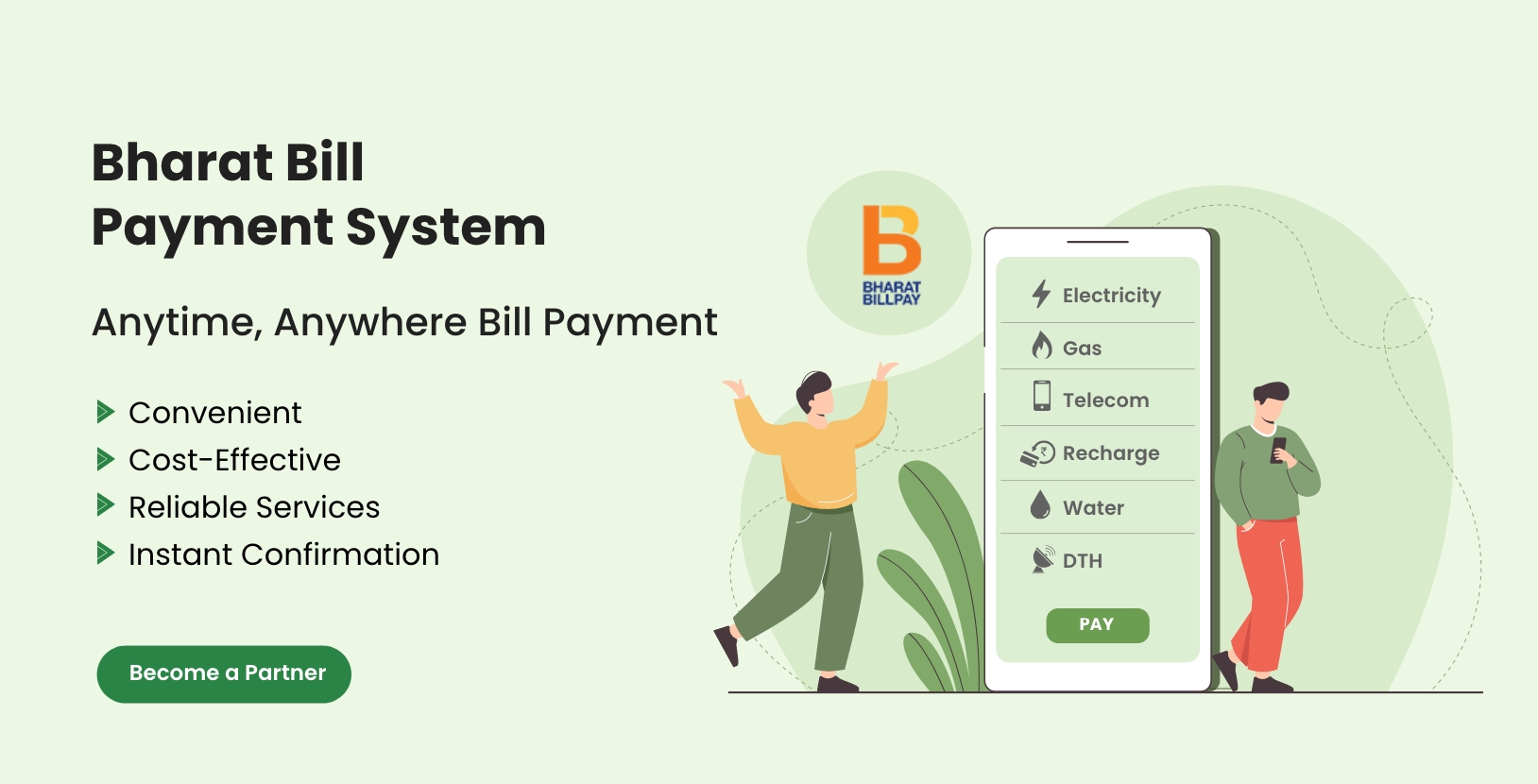Cognitive Behavioral Therapy (CBT) for anxiety can be effectively delivered online, offering convenience without sacrificing quality. Online CBT uses structured sessions and proven techniques to help individuals manage anxiety symptoms from home. This approach makes therapy accessible to more people, especially those with busy schedules or limited access to traditional in-person care.Many online CBT programs involve guided …
CBT for Anxiety Online: Effective Strategies for Convenient Mental Health Support

Cognitive Behavioral Therapy (CBT) for anxiety can be effectively delivered online, offering convenience without sacrificing quality. Online CBT uses structured sessions and proven techniques to help individuals manage anxiety symptoms from home. This approach makes therapy accessible to more people, especially those with busy schedules or limited access to traditional in-person care.
Many online CBT programs involve guided workbooks, video calls with a therapist, or self-paced modules. These tools focus on identifying negative thought patterns and developing coping strategies. The digital format allows users to engage with therapy in a comfortable environment, often improving consistency and outcomes.
How CBT for Anxiety Online Works
CBT for anxiety online involves structured exercises, thought tracking, and behavioral techniques delivered digitally. The process emphasizes identifying negative thought patterns and gradually changing reactions to anxiety-inducing situations. Various delivery methods and platforms affect the experience and accessibility.
Core Principles of CBT
CBT targets the connection between thoughts, feelings, and behaviors to reduce anxiety symptoms. It teaches clients to recognize distorted thinking patterns and replace them with more balanced perspectives. Key techniques include cognitive restructuring, exposure exercises, and skills to manage physical symptoms like rapid heartbeat.
The therapy is goal-oriented and time-limited, with clients actively practicing skills between sessions. This hands-on approach aims to build long-term coping strategies. Progress is often measured through symptom tracking and homework assignments designed to reinforce learning.
How Online CBT Differs from In-Person Therapy
Online CBT usually occurs through video calls, apps, or websites, maintaining similar structure but differing in delivery format. It allows for greater scheduling flexibility and removes geographical barriers. However, it might reduce some non-verbal cues therapists use to understand clients.
Some individuals may find it easier to engage in therapy from home, while others feel less personal connection without face-to-face interaction. Technical issues can disrupt sessions but are generally manageable. Privacy concerns are addressed through secure, encrypted platforms.
Types of Online CBT Platforms
There are three primary types of online CBT platforms:
- Live video sessions: Real-time interaction with a licensed therapist via secure video conferencing.
- Guided self-help programs: Structured modules with automated prompts and periodic therapist check-ins.
- Fully self-guided apps: Programs users navigate independently, often with interactive exercises and tracking tools.
Each type suits different needs based on clients’ anxiety severity, motivation, and preference for human support. Many platforms offer a combination to balance flexibility and therapist involvement.
Benefits and Considerations of Online CBT for Anxiety
Online CBT for anxiety offers flexible access and tailored treatment with some practical limits. Users must weigh convenience and quality alongside factors like engagement and provider credibility.
Advantages of Online CBT for Anxiety
Online CBT allows individuals to access therapy from home, saving travel time and reducing scheduling conflicts. It provides greater anonymity, which can encourage openness when discussing anxiety symptoms.
Many programs include interactive tools, such as worksheets and videos, that enhance learning cognitive and behavioral skills. Patients can progress at their own pace and revisit materials as needed.
Cost-effectiveness is another benefit, as online options often cost less than in-person therapy. This makes treatment more affordable for those without extensive insurance coverage.
Potential Limitations
Online CBT requires users to have reliable internet access and basic technical skills, creating a barrier for some. The absence of face-to-face interaction may reduce emotional connection with the therapist.
Therapists cannot observe nonverbal cues as effectively, which might affect diagnosis or treatment adjustments. Some complex cases may require in-person or combined approaches for best results.
Engagement can wane without direct supervision, so self-discipline plays a critical role. Users should assess whether they can stay motivated in a less structured environment.
Choosing a Reputable Online CBT Provider
It is important to verify that online CBT services are delivered by licensed mental health professionals. Checking for credentials and affiliations with recognized organizations ensures proper standards.
Providers should offer clear information on data privacy and security measures to protect sensitive patient information. Transparency about methods, costs, and session structure helps set realistic expectations.
Reviews and recommendations can guide choices, but clinical effectiveness should remain the priority. Users should look for programs with evidence-based approaches and access to professional support when needed.
Subscribe to Our Newsletter
Keep in touch with our news & offers









